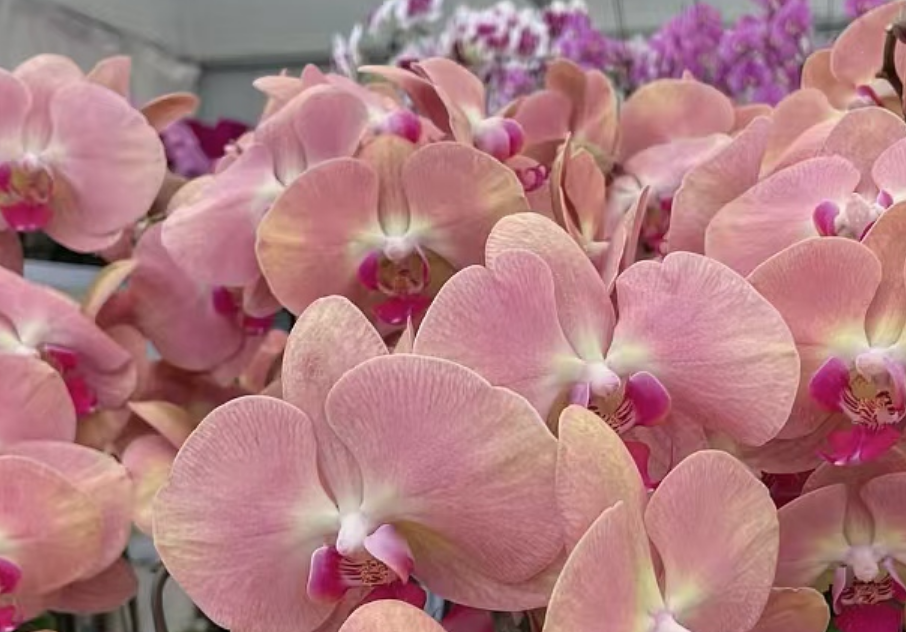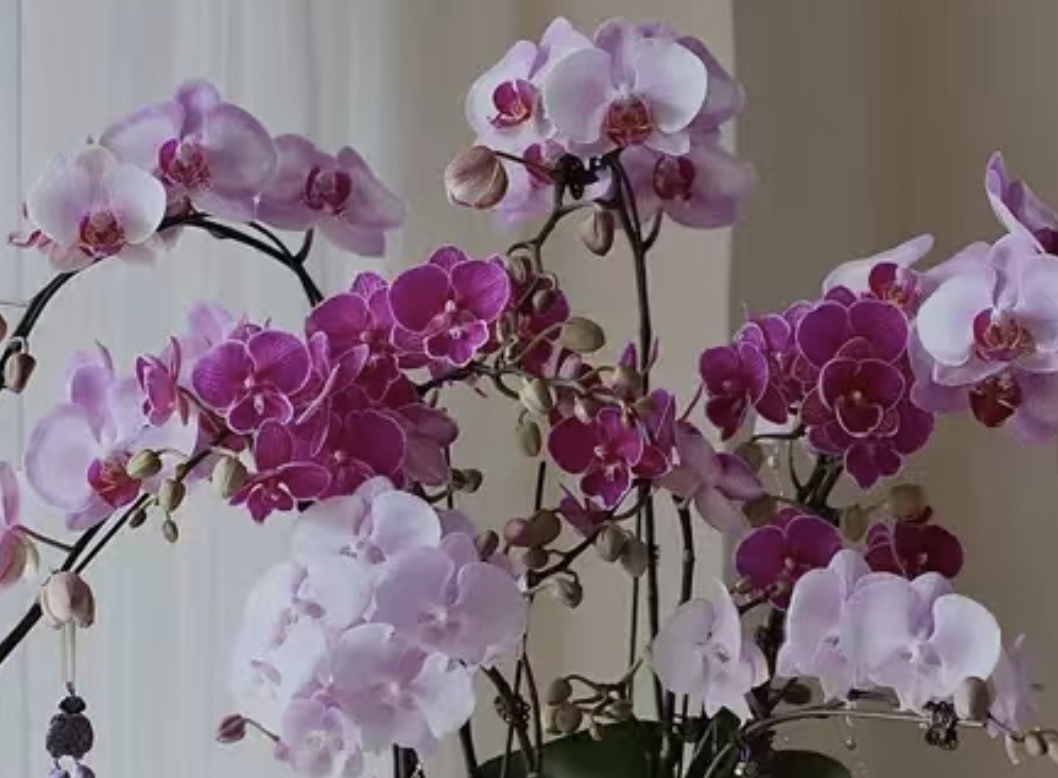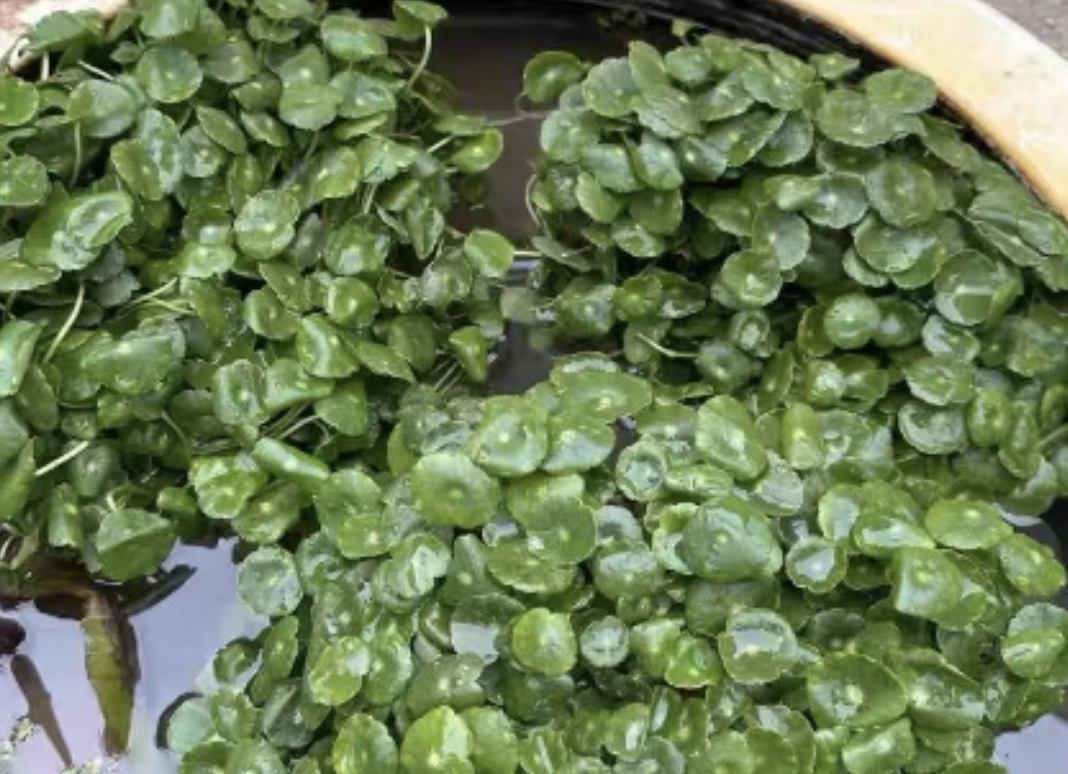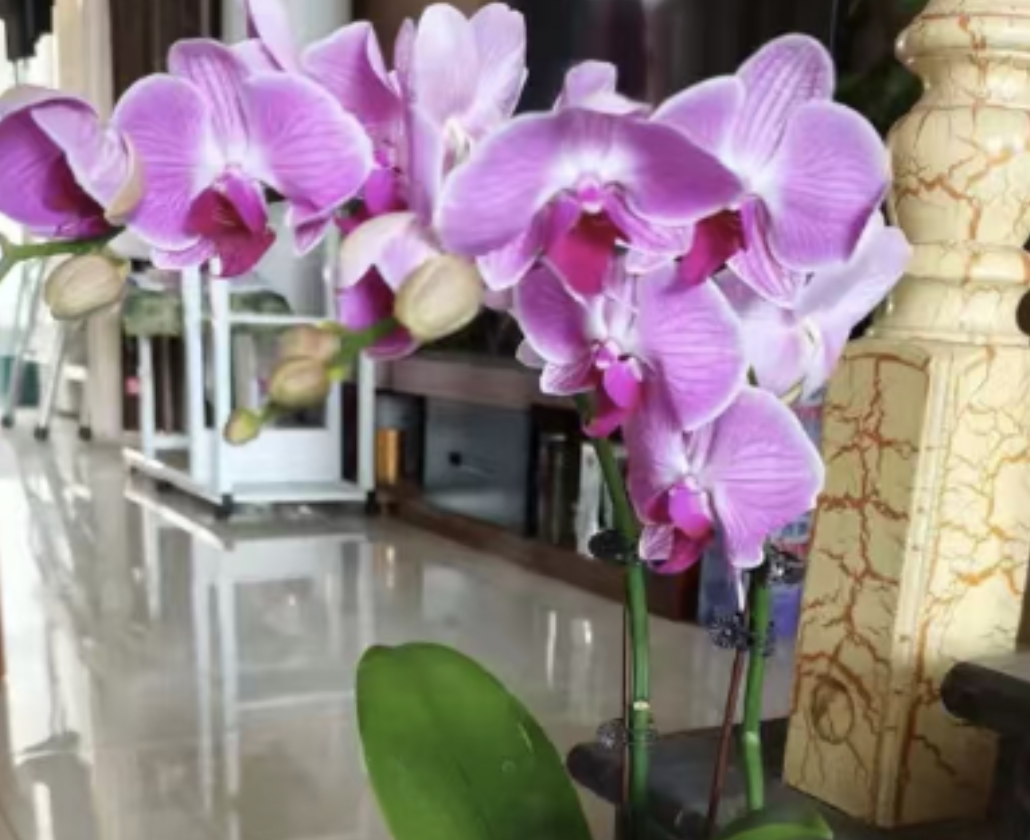In the world of flowers, each flower is unique. Among the numerous colorful flowers, the most popular one is undoubtedly the "Phalaenopsis" because of its unique form and elegant posture, which has captured the hearts of many flower enthusiasts. However, do you know? When it comes to maintaining Phalaenopsis, perhaps the cultivation substrates vary greatly depending on the country? Let's explore the cultivation secrets of Phalaenopsis in different countries below.
As is known to all, Phalaenopsis was originally found in tropical rainforests. It is an epiphytic plant that likes a humid and high environment. Therefore, the above characteristics result in its cultivation substrate being distinctive. Globally, different countries have differences in natural conditions such as climate, soil, and water quality. Therefore, there are diverse differences in the cultivation substrate of Phalaenopsis.
In Asian regions, especially in East Asia, the climate itself is humid, which is very suitable for the cultivation substrate of Phalaenopsis. Therefore, in Japan, flower growers will choose a substrate mixed with volcanic rocks and pine needles. The characteristic of this substrate is that it can provide sufficient breathability and keep the soil moist.
In China, the climate in most areas is relatively dry and hot. Many flower farmers unanimously use moss as the cultivation substrate because it has high water retention capacity and can provide a stable growth environment for Phalaenopsis in a dry environment.
In Europe, many Phalaenopsis flower enthusiasts use bark or coconut shell fibers as the cultivation substrate. Because both of these materials have good breathability and water retention capacity, they can provide a stable growth environment for Phalaenopsis. In addition, horticultural technology in Europe is relatively mature, and flower growers will also add an appropriate amount of slow-release fertilizer to the substrate to ensure that Phalaenopsis has sufficient nutrients.
In the United States, when raising Phalaenopsis, most of their flower artists choose to use a substrate mixed with perlite and vermiculite because they are lightweight and breathable, providing a comfortable growth environment for Phalaenopsis.
In tropical regions such as South America, because the climate is hot and humid, many flower growers will use a mixture of bark and leaf mold soil as the substrate. The mixed substrate can keep the soil of Phalaenopsis moist and provide sufficient nutrition.
Is the soil for Phalaenopsis the same in different countries?

Share with
Tagged in :




Leave a Reply